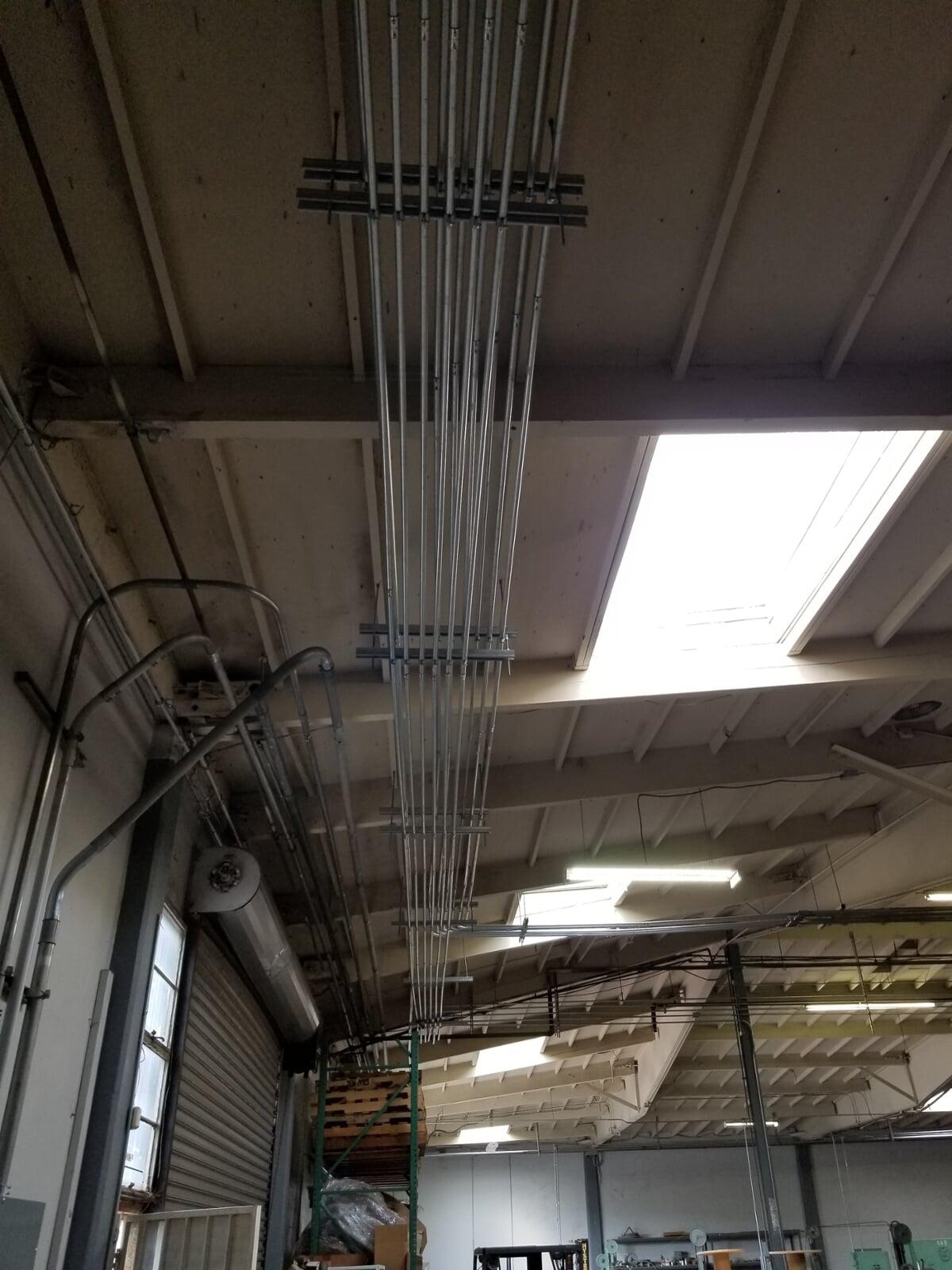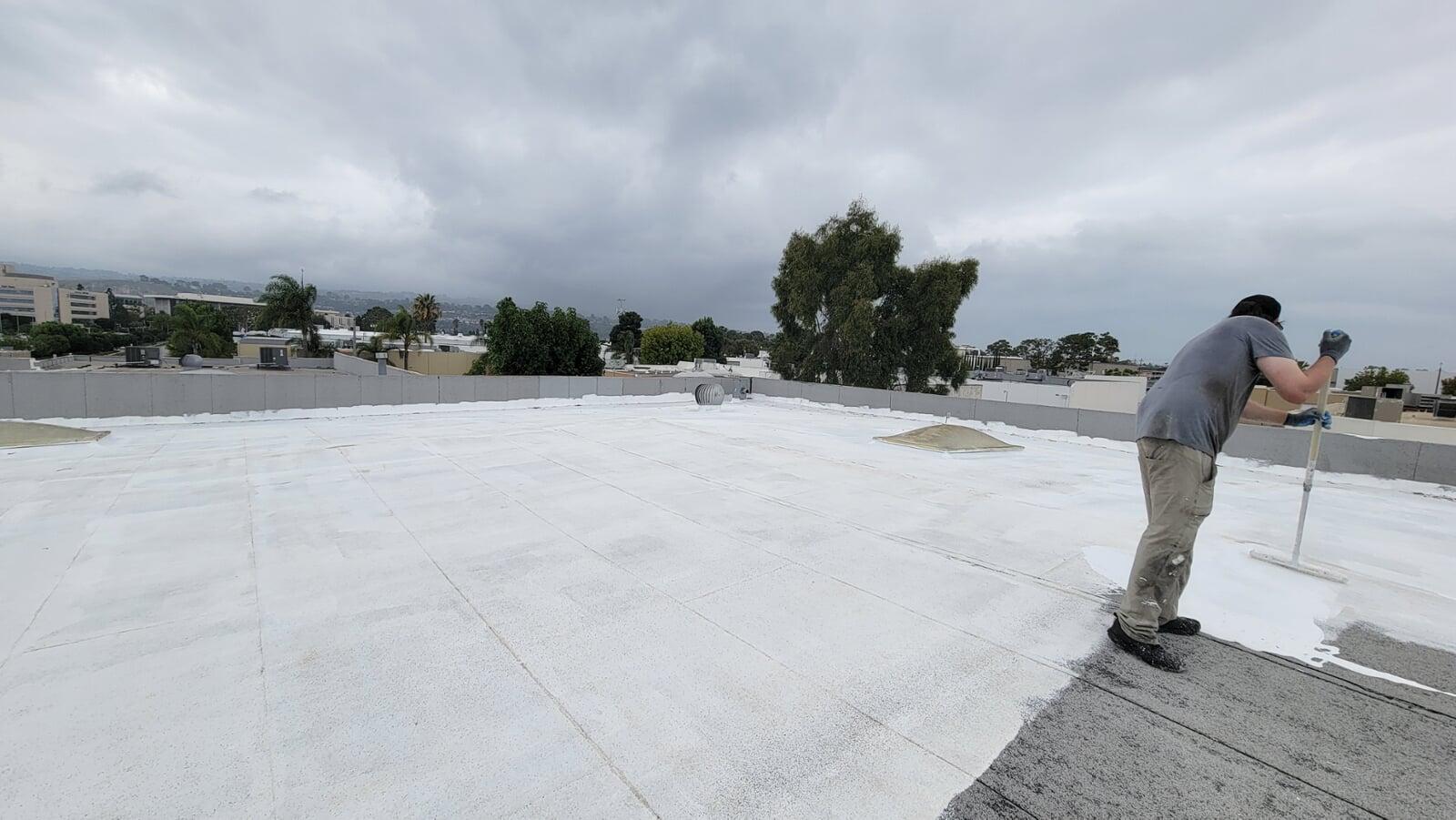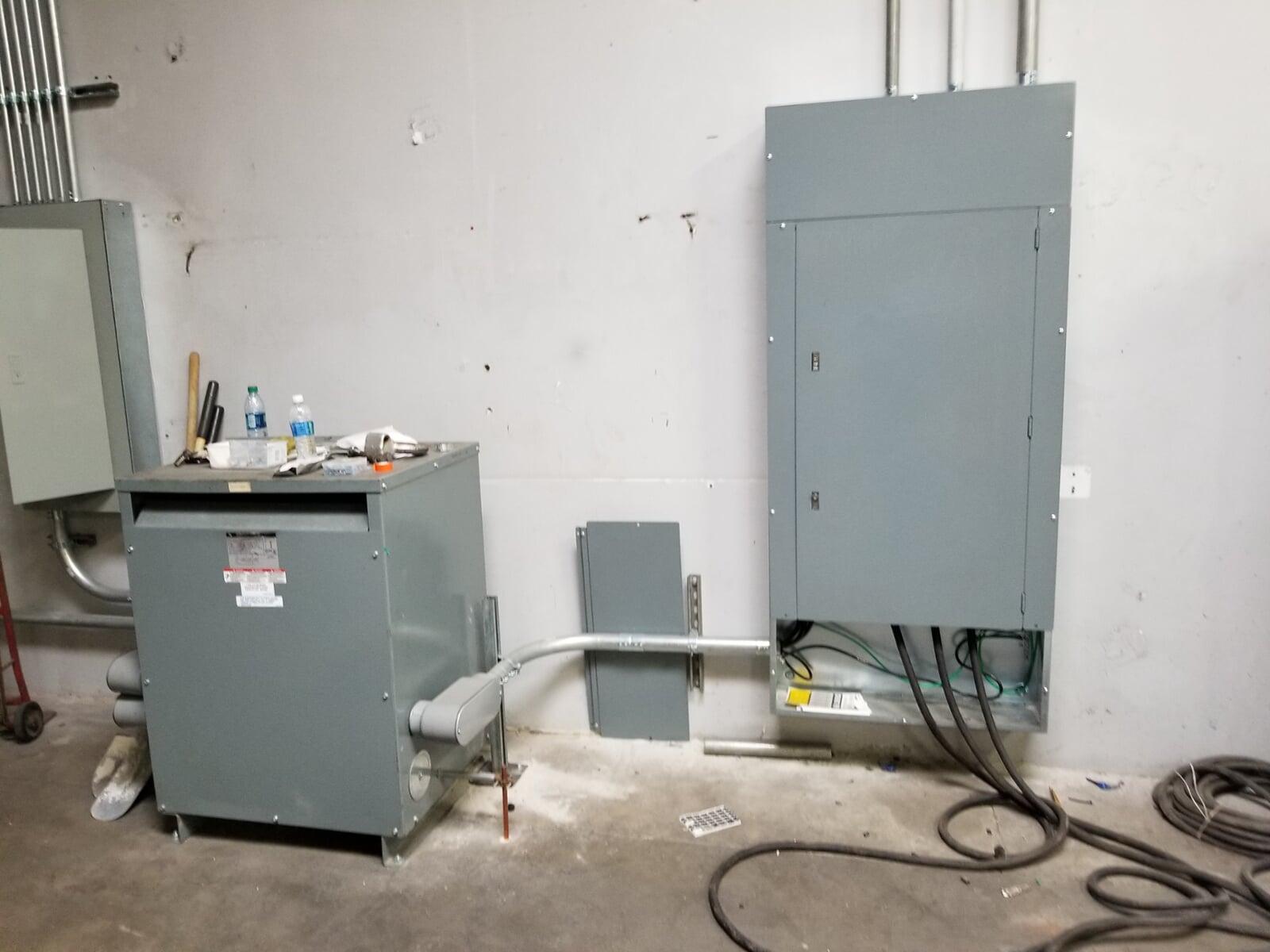Energy efficiency is becoming increasingly important for businesses looking to reduce operational costs and minimize their environmental impact. One of the most effective ways to achieve this is by upgrading to LED lighting and incorporating occupancy sensors in office and warehouse spaces. This combination can save up to 80% more energy compared to traditional fluorescent lights. In this article, we will explore the benefits of LED lighting and occupancy sensors, and how they can revolutionize energy management in commercial spaces.
The Advantages of LED Lighting
Superior Energy Efficiency
LED (Light Emitting Diode) lighting is renowned for its superior energy efficiency. Unlike traditional fluorescent lights that convert only a fraction of energy into light, LEDs use nearly all the energy they consume to produce light, resulting in significant energy savings. LEDs can save up to 75% of energy compared to incandescent and halogen bulbs and about 50% compared to fluorescent lights.
Longevity and Durability
LEDs have a much longer lifespan than traditional lighting options. On average, an LED bulb can last between 25,000 to 50,000 hours, compared to 1,000 hours for incandescent bulbs and 8,000 hours for fluorescent lights. This longevity reduces the need for frequent replacements, further saving costs and reducing waste.
Better Light Quality
LEDs provide high-quality light with better color rendering, which can improve visibility and productivity in office and warehouse settings. They offer a range of color temperatures, allowing for customization of lighting to suit specific tasks and environments.
Environmental Benefits
LED lighting is more environmentally friendly as it contains no hazardous materials like mercury, which is present in fluorescent lights. Additionally, the reduced energy consumption of LEDs results in lower greenhouse gas emissions.
Enhancing Efficiency with Occupancy Sensors
How Occupancy Sensors Work
Occupancy sensors are devices that detect the presence or absence of people in a space and automatically turn lights on or off accordingly. These sensors use various technologies, including passive infrared, ultrasonic, and microwave, to detect motion or body heat.
Energy Savings
By ensuring that lights are only on when needed, occupancy sensors can significantly reduce energy wastage. In office and warehouse environments, it is common for lights to be left on in unoccupied areas, leading to unnecessary energy consumption. Occupancy sensors can eliminate this problem, potentially reducing lighting energy use by up to 30%.
Types of Occupancy Sensors
Passive Infrared (PIR) Sensors
PIR sensors detect heat emitted by people and animals. They are highly effective in spaces where there is a clear line of sight and minimal obstacles.
Ultrasonic Sensors
Ultrasonic sensors emit high-frequency sound waves and measure the reflection off moving objects. These sensors are ideal for areas with obstructions or where slight movements need to be detected.
Dual Technology Sensors
Combining both PIR and ultrasonic technologies, dual technology sensors offer enhanced accuracy and reliability, reducing the likelihood of false triggers.
Implementing LED Lighting and Occupancy Sensors
Assessing Your Lighting Needs
Before upgrading to LED lighting and installing occupancy sensors, it is crucial to assess your current lighting needs and usage patterns. Conducting a lighting audit can help identify areas where energy savings can be maximized.
Choosing the Right LED Fixtures
Select LED fixtures that match the specific requirements of your office or warehouse space. Consider factors such as brightness, color temperature, and fixture design to ensure optimal lighting conditions.
Installing Occupancy Sensors
Place occupancy sensors strategically to cover the entire area effectively. In offices, sensors should be installed in individual rooms, corridors, and communal areas. In warehouses, consider high-traffic zones, storage areas, and loading docks.
Integrating with Smart Controls
For maximum energy efficiency, integrate LED lighting and occupancy sensors with smart control systems. These systems can provide advanced features such as daylight harvesting, where lights adjust based on natural light levels, and scheduling, where lights operate according to predefined times.
Maintenance and Management
Regular Maintenance
To ensure continued energy savings, perform regular maintenance on both LED fixtures and occupancy sensors. Clean fixtures to maintain light quality and inspect sensors to ensure they are functioning correctly.
Monitoring and Adjustments
Use energy monitoring systems to track the performance of your lighting setup. Analyze the data to identify further opportunities for energy savings and make necessary adjustments to sensor settings and lighting schedules.

Cragin's: Energy-Efficient LED Lighting Upgrades for Offices and Warehouses
Cragin's is a leading provider of energy-efficient lighting solutions, specializing in upgrading office and warehouse spaces with state-of-the-art LED lighting and advanced occupancy sensors. By leveraging their extensive expertise, Cragin's offers customized lighting assessments, tailored recommendations, and seamless installation services to ensure optimal energy savings and improved lighting quality. Their comprehensive approach not only helps businesses reduce operational costs but also enhances productivity and sustainability. With Cragin's, you can achieve a significant reduction in energy consumption and maintenance needs, ensuring a swift return on investment and a brighter, more efficient future for your commercial spaces.
Return on Investment (ROI)
The ROI for LED lighting and occupancy sensors can be substantial. Businesses typically see a payback period of 1-3 years, after which they continue to benefit from ongoing energy savings.
Conclusion
Upgrading to LED lighting and incorporating occupancy sensors in office and warehouse spaces is a smart investment for businesses looking to enhance energy efficiency, reduce costs, and contribute to environmental sustainability. The combined benefits of superior energy savings, improved light quality, and reduced maintenance make this an attractive option for modern commercial spaces. By taking the steps outlined in this article, businesses can achieve significant energy savings and create a more efficient and sustainable operation.
FAQs
How much energy can LED lighting save compared to traditional lighting? LED lighting can save up to 75% of energy compared to incandescent and halogen bulbs and about 50% compared to fluorescent lights.
What are the benefits of using occupancy sensors in office and warehouse spaces? Occupancy sensors reduce energy wastage by ensuring lights are only on when needed, potentially reducing lighting energy use by up to 30%.
What is the lifespan of LED bulbs compared to traditional bulbs? LED bulbs can last between 25,000 to 50,000 hours, compared to 1,000 hours for incandescent bulbs and 8,000 hours for fluorescent lights.
What types of occupancy sensors are available? The main types of occupancy sensors are passive infrared (PIR) sensors, ultrasonic sensors, and dual technology sensors.
How long is the typical payback period for investing in LED lighting and occupancy sensors? The typical payback period for investing in LED lighting and occupancy sensors is 1-3 years.




